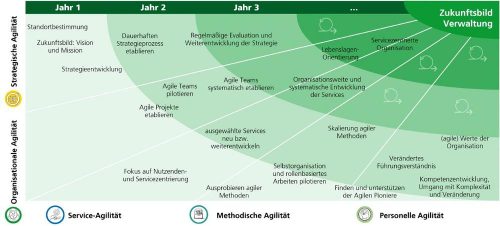CiA specification for Classical CAN and CAN FD
Electromagnetic emission from a device through the CAN transceiver can be filtered by means of common mode chokes, thus limiting unwanted high-frequency noise on the CAN network lines. Another reason for using a common mode choke is attempting to improve the susceptibility (immunity) of the CAN transceiver to electromagnetic disturbances on the CAN network. While the above-mentioned effects of the common mode choke are beneficial, unexpected results can occur under certain conditions. EMC (electromagnetic compatibility) susceptibility can be degraded in some frequency ranges, bus-signal integrity can be worsened, and very high-transient voltages under bus-failure conditions can be generated.
In worst case, this can lead to a CAN transceiver damage. Care should be taken in the choice of common mode choke (winding type, core type, and inductance value), along with the termination and protection scheme of the device and on the network-lines in order to prevent a damage on the CAN transceiver or other network components.
The 14-pages document specifies requirements and test methods of the mechanical and electrical parameters of common mode chokes to be used in Classical CAN networks and CAN FD networks. The electromagnetic compatibility evaluation complies with the IEC 62228-3:2019 standard.
CAN in Automation (CiA)
Kontumazgarten 3
90429 Nürnberg
Telefon: +49 (9131) 69086-0
Telefax: +49 (9131) 69086-79
http://www.can-cia.org
Telefon: +49 (911) 928819-0
E-Mail: pr@can-cia.org
![]()




